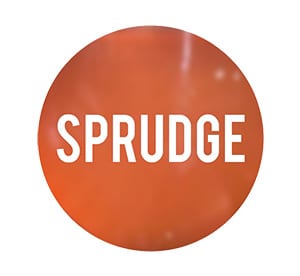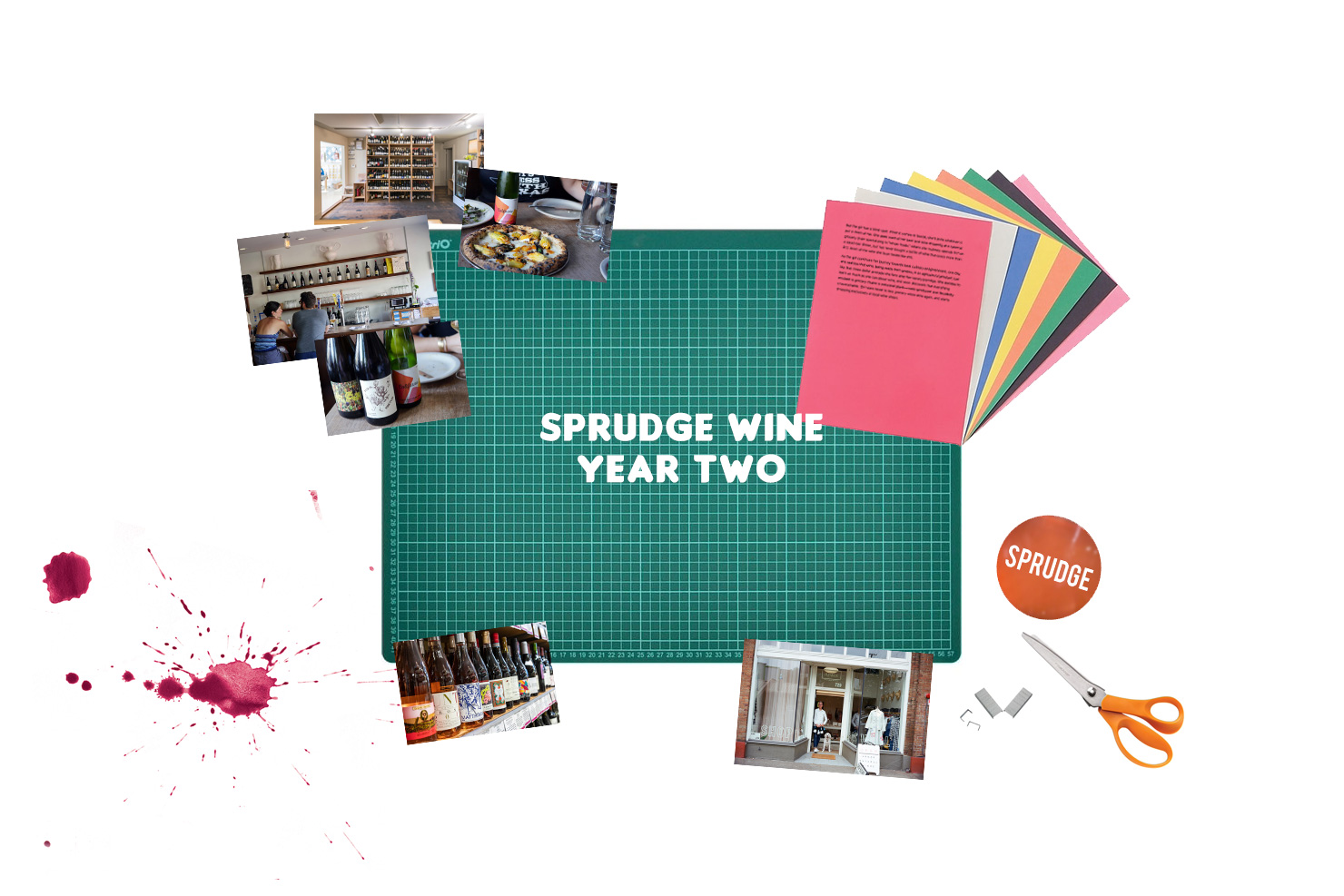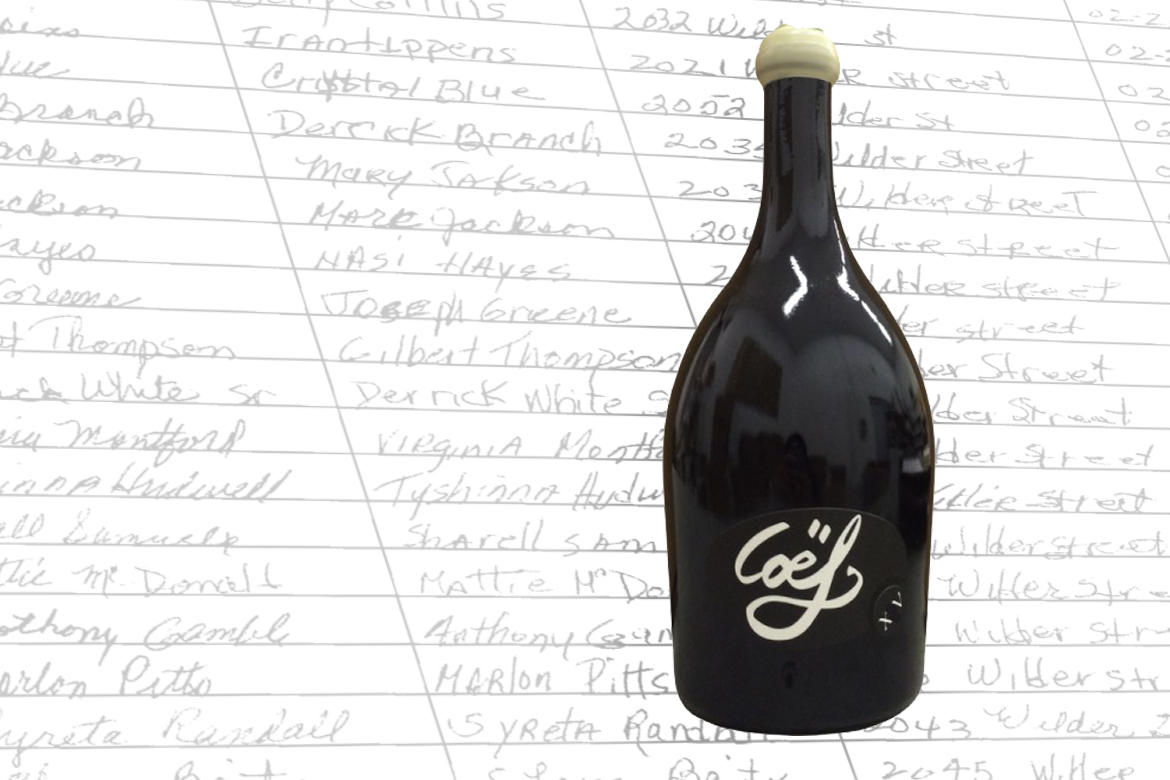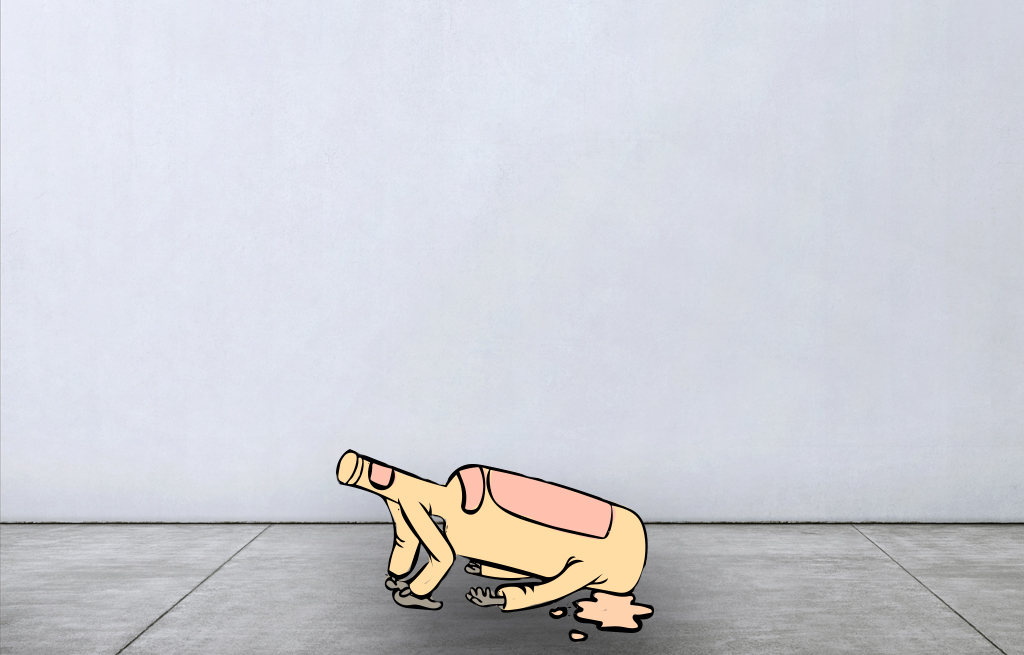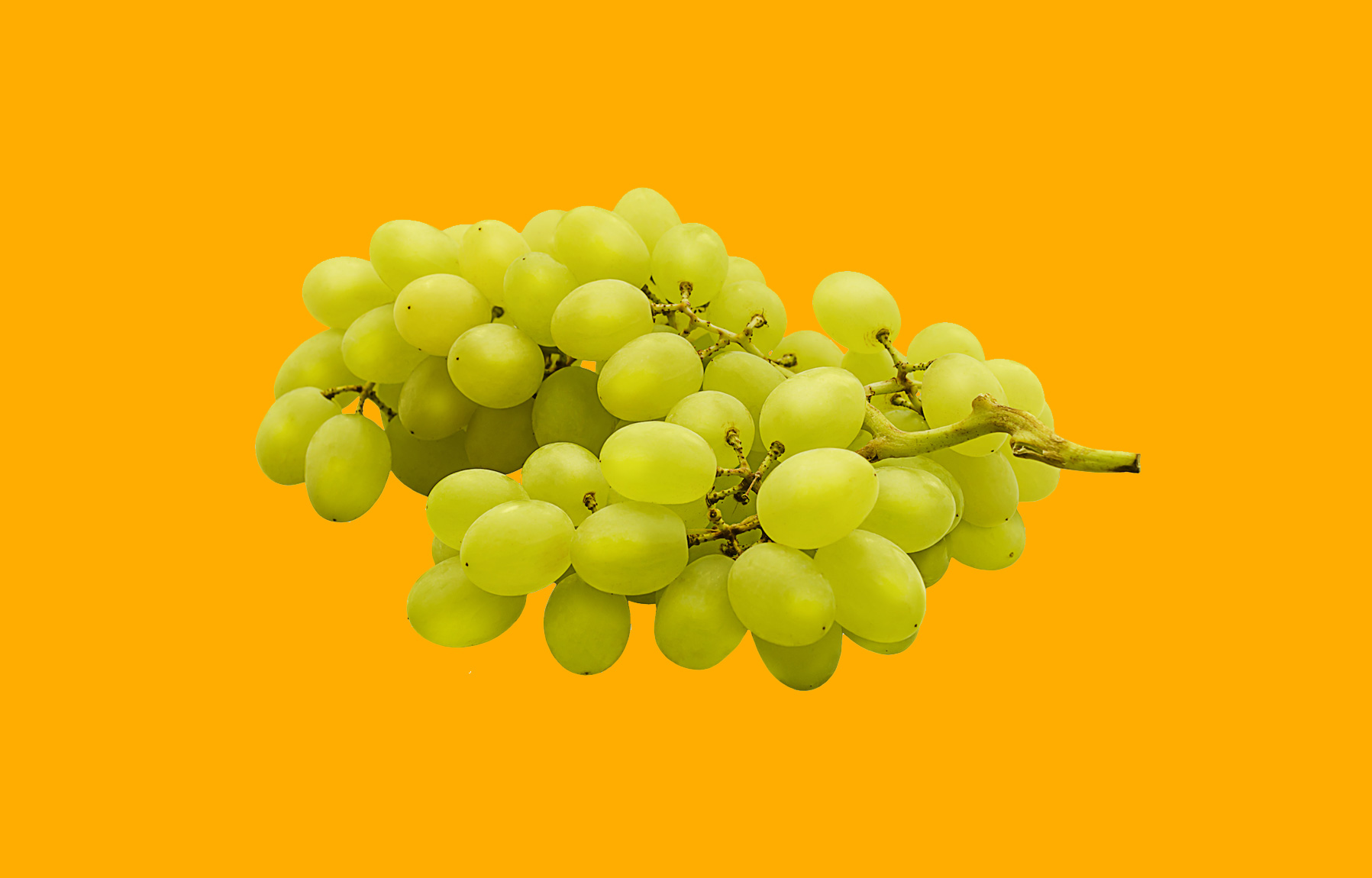
It’s not! It is not Sauvignon Blanc’s fault that New Zealand Sauvignon Blanc happened. Sauvignon Blanc is a grape, and grapes don’t think thoughts or make choices. They have no allegiances to anyone or anything. They’re born by happenstance, and spend their lives hanging coolly off of vines, eating sunlight, until one day a person comes and squishes all the juice out of them, and later, once they’re dead, another person drinks them up. They never memorized any wine regions or know what AOC they’re from. They never get to find out if they grew up to be Chateau d’Yquem or Sancerre or the gaudiest, the most ham-fisted bottle of cut-rate New Zealand Sauvignon Blanc you ever tasted—and even if they did, they wouldn’t care.
***
What do you think of when you think of New Zealand Sauvignon Blanc? Do you think of something mean, a little snobbish? Does the very thought of it make you want to roll your eyes?
I’m imagining the person I’m thinking you might be imagining: that’s what I think of when I think of New Zealand Sauvignon Blanc. I think of everything that might annoy somebody else about it, but for some reason, I’m immune to it. I’m not annoyed by New Zealand Sauvignon Blanc.
(Now, I do want to digress for a moment, and point out that when I say New Zealand Sauvignon Blanc, in the particular way I’m saying it right now—I’m not referring to all Sauvignon Blanc [#notallnewzealandsauvignonblanc], but rather the problematically-inexpensive, mechanically-farmed, lab-inoculated drunk-juice that populates the shelves of pretty much any place one might pop into to grab a low-stress bottle of wine on a Tuesday evening in the year 2018.)
I’m thinking of white jeans and a gold-and-tan watch, a deep V-neck, uncomfortable shoes, a Michael Kors wallet and/or belt, and a Pomeranian, a surfacey interest in yoga, and a luxury SUV. The kind of person who bursts into a restaurant and impatiently orders a glass of Sauvignon Blanc directly after being asked, “Still or sparkling water?”, ignoring the water order entirely, without consulting a wine list, and likely pronouncing it “Sav-ignon Blanc.”
Had it been five years ago, this person would have done the exact same thing, but with Pinot Grigio, which they would have referred to as simply “Pinot,” and, five years before that, Chardonnay, which they would have called “Chard”—but today, it’s out of vogue to like Chard, so they hate “Chard.”
I don’t dislike this person, and even if I did—it wouldn’t be Sauvignon Blanc’s fault. Personally, I love the fact that people who don’t know and/or care about wine have developed such a taste for Sauvignon Blanc, a varietal whose commercial success and widespread renown has always baffled me. It’s such a kooky grape! It’s aromatic in all the wrong ways, tasting predominantly of green pepper and elderflower cordial, flavors that literally no one even likes. The ubiquity of New Zealand Sauvignon Blanc is exciting to me because—unlike Pinot Grigio, which 99% of the time tastes like wine-flavoured water (but there are exceptions! Elisabetta Foradori’s skin-contact Pinot Grig is one of my favorite weird white wines of all time), and Chardonnay, which more often than not fails to live up to its potential magnificence, falling flat and drinking fat—its strangeness is unknowingly acclimatizing peoples’ palates to weirder, cooler grapes and styles. If the most boring suburban parents in the world who don’t give a shit about wine ever can handle drinking the most aggressive and amplified expression of the Sauvignon Blanc grape, a style that at its most unbridled smacks of cat piss and armpit sweat, at its most reserved could cauterize the enamel off your teeth with its fingernails-down-a-chalkboard acidic screech—well, isn’t this the greatest opportunity I, as a practicing somm, have ever been given? I don’t hate on New Zealand Sauvignon Blanc for being “basic” (as they say); instead, I revere it for being my most boring customers’ gateway drug into the wild world of Roussane, Verdejo, Gewurztraminer, Malvasia, and… to spare you the hassle of my self-indulgently sitting here writing down a list of every aromatic white wine grape I’m in love with: Sauvignon Blanc is only one of the greats.
***
I was out drinking some wine with a few somms I know a few months ago, all of whom are great, all of whom were dudes. One of them was talking about some Slovenian white he’d recently tried, and adored—I can’t remember the name of the grape, some long Slovenian word that my brain didn’t have enough space to hold on to—“It’s what all the women in the world who drink New Zealand Sauvignon Blanc actually want to be drinking,” he said—
I sighed so loud that in the movie version of my life the director had no choice but to utilize that old trope of the camera panning up to the top of the bar and then outside from above it, cutting to a shot of a bunch of birds flying away, then to a shot of the Toronto skyline, and then to the Earth from outer space. That was the only way she could truly express the loudness of my sigh.
“Or maybe they just want to be drinking New Zealand Sauvignon Blanc,” I suggested, accentuating my point with a cartoonish shrug and derisive half-smile. And he didn’t argue with me, because he wasn’t an asshole.
Yes, I think the idiosyncratic flavour profile of the Sauvignon Blanc grape— its oddness, and its boldness— can potentially prepare its devotées for further and weirder wine-related adventures down the road, but if it doesn’t… who cares? What’s it to me? I’m busy and have cooler things to think about than whether or not some stranger from, like, Connecticut, is interested in giving a freaking Viognier a shot. If Sauvignon Blanc is their drug of choice then, by all means, let ‘em have it! As a wise woman once said: “Let them eat Sauvignon Blanc.”
***
As a woman with a strong predilection toward extremism, I’ve learned the hard way that the right or truest answer usually exists somewhere in the middle, and perhaps the most effective response to the ubiquity of the NZSB Industrial Complex is neither to aggressively champion nor condemn its appeal, but rather to wean its devotées off of it by presenting them with—not superior, but different—examples of Sauv Blanc living its truth. New Zealand Sauvignon Blanc presents the grape at its most turned-on, with the volume jacked up to 11. Sancerre, an AOC in France’s Eastern Loire Valley, is the leanest and refined of the grape’s many expressions and hovers somewhere around a 2. If the worst Sancerre you ever drank was a person, it would be Gwyneth Paltrow, but at its best—it’s Grace Kelly. Sancerre Sauvignon is grown on three different types of soil—Silex, Terres Blanches, and Les Caillottes (which would all make great band names, so feel free to steal them: you’re welcome), each of which quietly dominate the intrinsic character of the grape, providing their wines with a sleek mineral backbone, allowing them to pair brilliantly with the classiest summer meals: I’m imagining a light salad of goat’s cheese and asparagus, followed by a flaky white fish with summer vegetables served in broth. A gentle lemon sorbet for dessert.
In Bordeaux, Sauvignon Blanc is typically co-blended with Sémillon, a fuller-bodied and golden-skinned white grape known primarily for its waxy, oily mouthfeel. I like to think of Sauvignon and Sémillon as the John Lennon and Paul McCartney of wine grapes, Sauvignon Blanc representing the shriek and acerb of John Lennon, its loudness softened by the effortlessly smooth Sémillon, our Paul. Any time I show up at the home of an NZSB addict with a bottle of white Bordeaux in hand, they are instantly won over by its balance and finesse.
My personal favourite Sauvignon Blanc appellation in the grape’s native France is Saint-Bris, a Burgundian misfit devoted solely to Sauv Blanc. In a region swarming with Chardonnay, Saint-Bris offers a welcome counterpoint to its luxe, weighty, oaked Chards. The most exhilarated glass of Sauvignon Blanc I’ve ever had the privilege to try was an amphora-aged Saint-Bris from the legendary Chablis producer Domaine de Mauperthuis: a skinny, amber-coloured juice tasting of dehydrated pineapple and muddled mint leaves, resonant and rambunctious, the sort of wine whose booming finish lasts for hours, days, weeks…perhaps forever.
